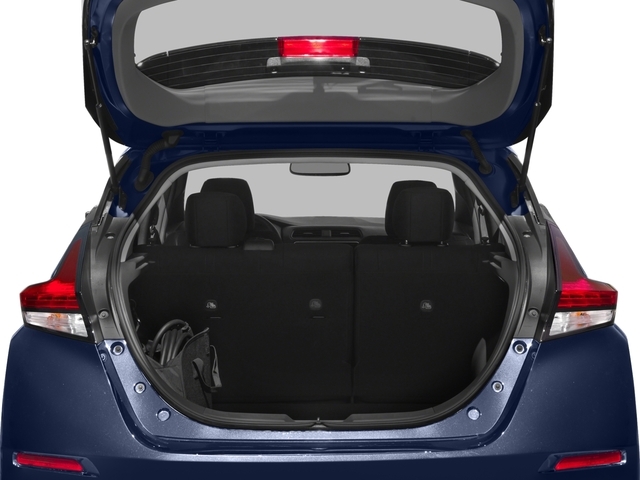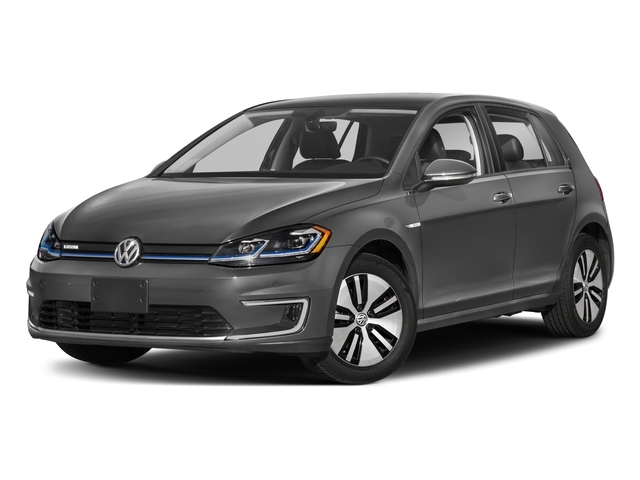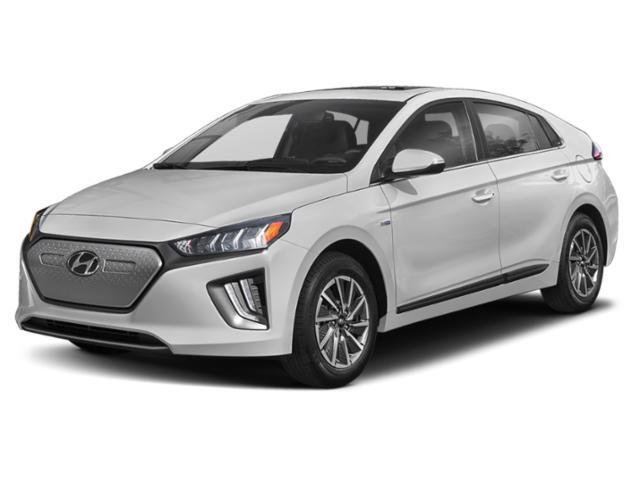
2018 Nissan LEAF


Key Specifications for 2018 Nissan LEAF






Buyer’s Guide
The Nissan Leaf electric car wears an all-new and more mainstream design for 2018, one its maker hopes will attract more buyers as competition in the EV marketplace ramps up.
In seeking to make a mark as one of the first automakers to make a mass-market EV a reality, Nissan gave the original Leaf a futuristic look that set it apart from the rear of the brand's lineup. This time, however, Nissan has given the car a more conventional look that shares a number of styling cues you'll recognize, like a "V-motion" grille, boomerang taillights and a floating C-pillar like that on the Murano mid-size crossover.
Inside, a new interior promises better quality and a more upscale feel; the old car's all-digital gauge cluster gives way to a new one that combines an analog speedometer with an LCD display for other drive-related information.
In base form, the Leaf boasts a 241-km driving range, a big increase over the outgoing car's 172 km that comes thanks to a battery that stores a third more electricity. The battery feeds an electric motor that turns electricity into 147 hp and 236 lb-ft of torque, bumps of 40 hp and 49 lb-ft over the old Leaf.
Notable, says Nissan, is the fact that the new battery's added capacity comes with no increase in its physical size. Also worth noting is a bigger battery will follow for 2019 that promises both more performance and driving range.
Also new are a pair of driver assist technologies called ProPilot and e-Pedal. The first is an extension of the radar cruise control and lane keeping systems available in many cars now, but conceived to help relieve driver stress in heavy traffic. Once activated, Pro Pilot will maintain a set distance from the car in front while helping the driver keep the car centred in a lane.
E-Pedal is a one-pedal driving system that allows the car's regenerative braking to do most of the work of stopping the car whenever the driver lifts off the accelerator. Nissan says this helps reduce driver fatigue in stop-and-go situations.
Nissan treats Canadian Leaf buyers to a treat in a standard cold weather package that comprises heated front and rear seats, heated steering and a battery heater. Other standard tech includes Apple CarPlay and Android Auto smartphone integration and a smartphone app that lets Leaf owners monitor the car's state of charge, schedule charging, find charging points and pre-heat or cool the car's interior.
Review & Compare:
Photos




























AutoTrader Review























